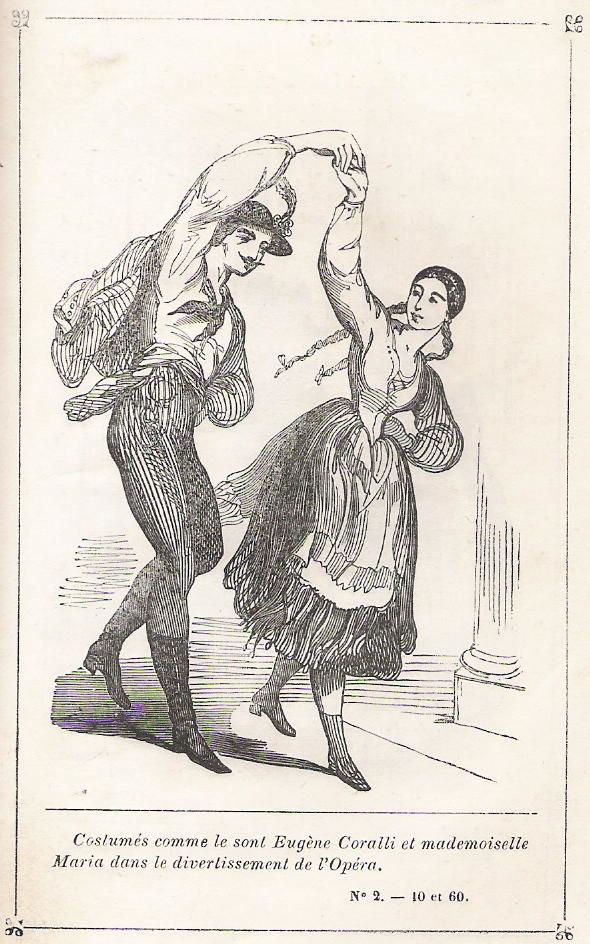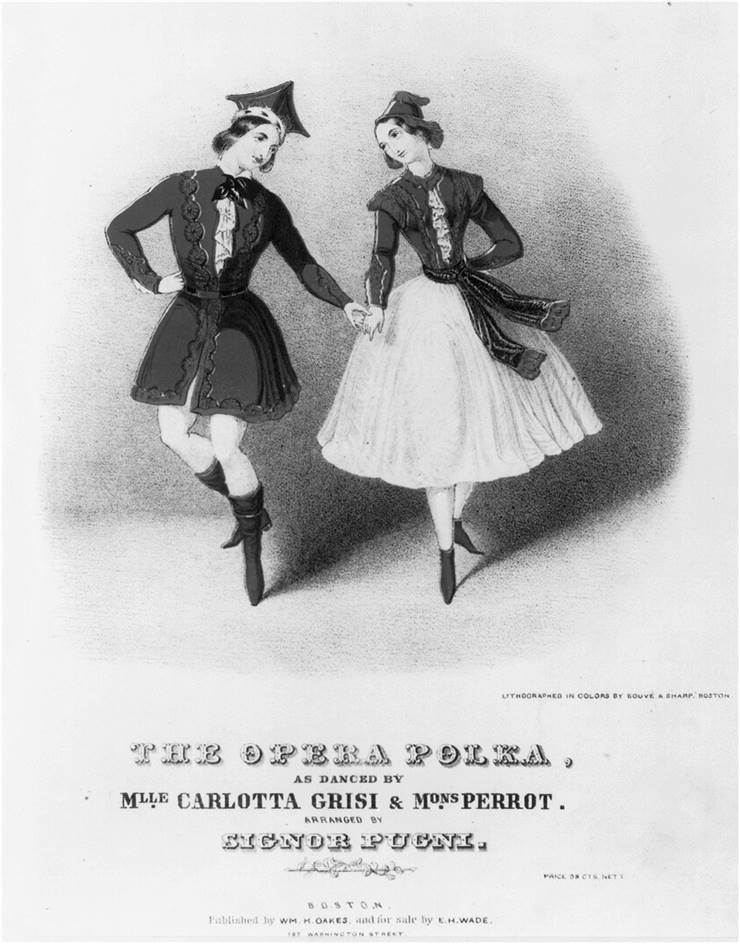Polka - Origins and History of Polka Dance
The origin of the polka dance has been the subject of several historical studies, but everyone concurs that ever since this dance exited the territories of Eastern Europe in 1st half of 19th century, it immediately became very popular music genre in central and western Europe, and after World War II, a popular music genre in the United States. The first records of polka music can be found in the written recordings in Poland and Czech music papers in the early 1800s. However, during that time this music and dance style was limited to the peasant population of the territory Bohemia, now a part of Czech Republic.
The word Polka comes most likely from the Czech word "půlka" (meaning “half"), which refers to the lively, fast-paced and jumpy type of the dancing. Some historians believe that other possible origins of the world polka come from the Czech saying '"tanec na polo" (“dance in half”, which refers to the half tempo of the polka music), and Czech word "pole" (meaning “field”).

While true origins of many modern dances have been lost to the history, with only hints of regions and times when they first started being popular, polka dance manages to distinguish itself by having a clear historical origin that is remembered to this day. The first record of anyone actually dancing the modern version of Polka dance to the traditional polka music happened in the early 1830s in Czech region of Bohemia where a young woman called Anna Slezáková (born Anna Chadimová) danced to the folk song "Strýček Nimra koupil šimla" (Uncle Nimra Bought a White Horse), which was witnessed by the music teacher Josef Neruda. She called that dance “Maděra”, which signified its fast and lively tempo, and Neruda carefully recorded both the music and dance moves young Anna performed. During the following years, Josef Neruda taught this dance to many other young people, and influential Čeněk Zíbrt ethnographer and historian promoted the polka music and dance with this articles that were reprinted across the Europe.
From that origin point, polka dance quickly started its spreading beyond the borders of Bohemia. In 1835 polka dance became popular ballrooms of Prague, just four years later it was danced by the high-class citizens of Vienna, and a year later polka rhythms echoed across the ballroom of cultural center-point of 19th century Europe – Paris.
Polka dance also spread to many other territories where Polish people emigrated. Most notably this includes the United States where polka arrived in 1844 where it remained very popular until late 19th century. This long and successful life of polka on US ballrooms can also be attributed to the World War 2, during which time many US soldiers got introduced to polka dance during time serving the army in continental Europe.
Polka dance should not be confused with Swedish dance with Polish roots called “polska”, since it has completely different beat structure. Also, related dance to the polka is Redowa.


